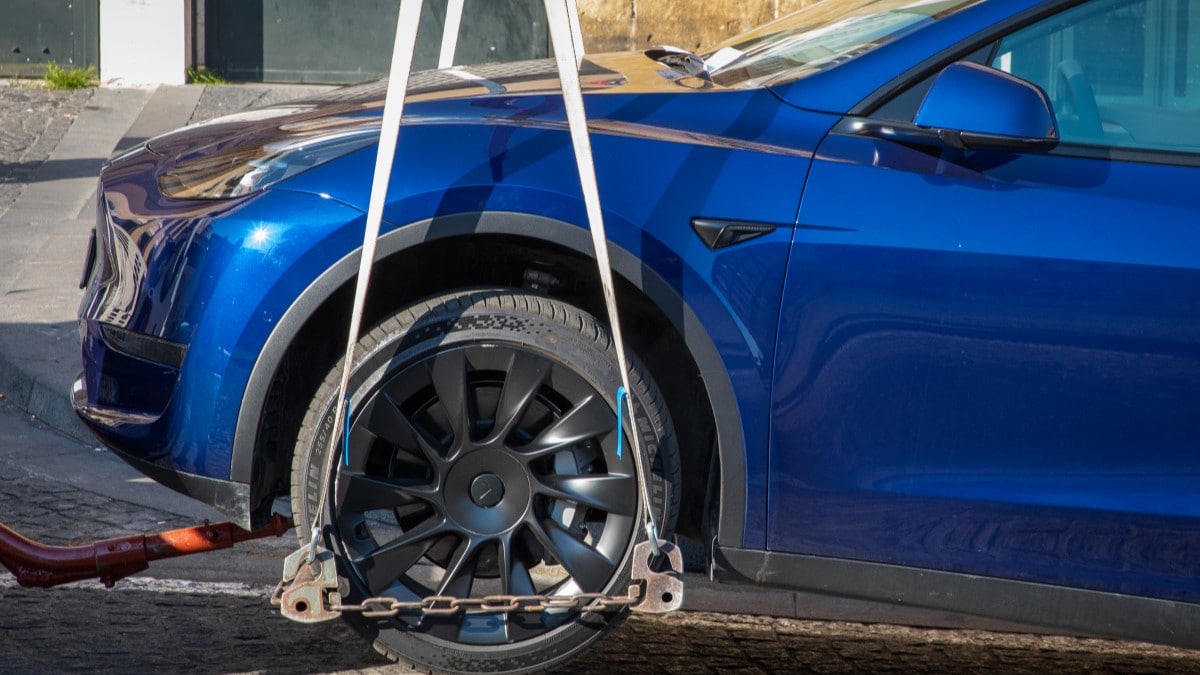Electric vehicles (EVs) cost about 30% more to repair after an accident than their gas-powered counterparts, according to a new study.
The numbers come from Mitchell, a company providing much of the software that powers the car insurance and auto repair industries. Its latest EV Collision Insights report finds that EV repair claims are accelerating as the number of EVs on the road rises. However, the vehicles are still rare enough that the repair industry lacks easy access to a giant supply of parts, pushing the cost of a repair higher.
Total Losses About the Same
Mitchell finds that EVs are no more likely to be totaled than gas-powered cars. Insurers wrote off 9.93% of damaged EVs as total losses in the first quarter of this year — almost the same as the 9.51% figure for internal-combustion-engine (ICE) cars.
That figure may reflect Tesla’s declining market share. Past studies have found that Insurers are more likely to write off Teslas than other EVs, as their batteries are a structural part of the car, meaning even minor accidents can require replacement of the most expensive part. Many other EV manufacturers make modular batteries that can be repaired rather than replaced.
Labor, Parts More Expensive
But the average post-accident EV repair costs $6,066, compared to $4,703 for a gas-powered car.
Related: Study – Apart From Tesla, EV Repairs Not Much More Costly
Labor was part of the explanation.
“The average number of mechanical labor hours present on estimates for repairable vehicles was nearly twice as high for EVs as it was for ICE automobiles (3.04 versus 1.66 hours),” the company says.
Mitchell says that extra time is “likely due to the management of the high-voltage battery, which requires de-energization and often complete removal to protect it during collision repair and refinishing processes.”
The lack of parts also played a role. With common cars, repair shops often have access to a vast supply of aftermarket and remanufactured parts that decrease repair costs. That market doesn’t yet exist for EVs. “Without a robust inventory of aftermarket and recycled parts, EV collision repairs are more likely to include OEM [original equipment manufacturer] parts than those completed on ICE alternatives,” Mitchell says.








